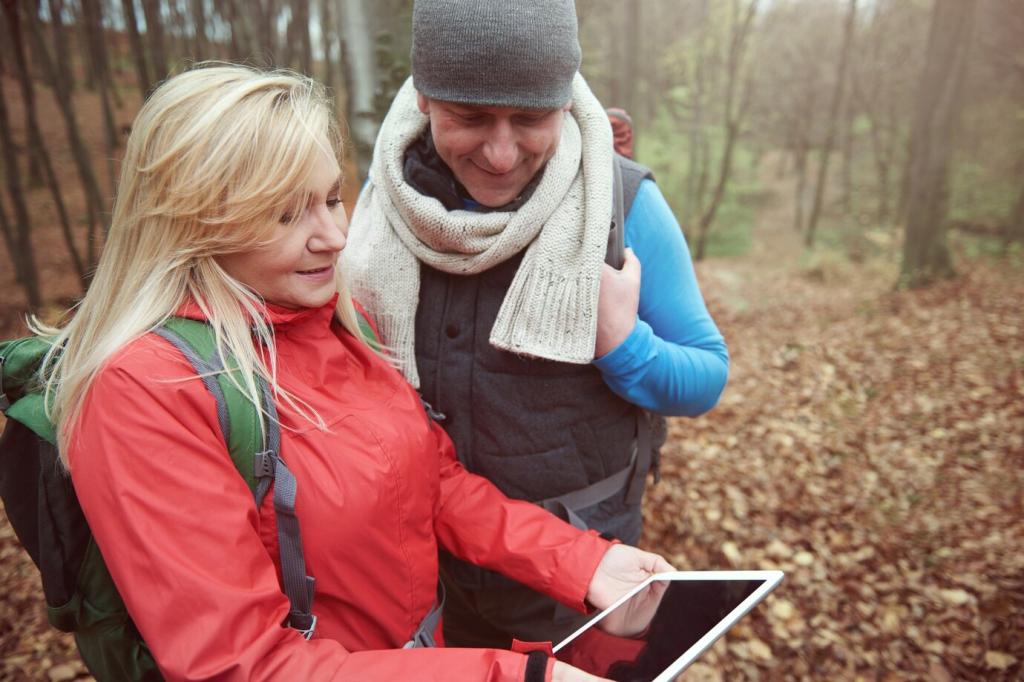Eco-Transportation: Navigating the World Sustainably
Selected theme: Eco-Transportation: Navigating the World Sustainably. Welcome to a kinder way of moving—where cleaner trips, healthier streets, and smarter choices turn every journey into an act of care for people and planet.
The Carbon Equation
Transportation produces over a fifth of energy-related CO2 emissions globally; shifting trips to cleaner modes can bend this curve. Every shared ride, electrified kilometer, and avoided journey compounds into real climate impact.
Health You Can Breathe
Cleaner buses, bikes, and walkable streets reduce particulate pollution that inflames lungs and hearts. Parents notice fewer inhalers; runners feel spring air again. Tell us how cleaner commutes changed your day-to-day wellbeing.
Fair Access, Fair Future
Eco-transportation succeeds when it serves everyone—students, elders, night-shift workers. Affordable fares, accessible vehicles, and safe crossings turn sustainability into inclusion. Share barriers you face so we can crowdsource solutions and hold decision‑makers accountable.
Commuter Story: Fifteen Minutes Back
A project manager swapped a congested bus for an e-bike and gained fifteen minutes daily, plus joyful detours for bakeries and parks. What small switch could return you time while trimming emissions and stress?
Choosing the Right Ride
Range, hill torque, weatherproofing, and secure storage matter more than top speed. Test routes at rush hour, compare maintenance plans, and budget for a quality helmet and lights. Comment with your city and we’ll suggest resilient setups.
Charge Smart, Charge Green
Use slow overnight charging on a grounded outlet, ideally powered by your home’s renewable plan. Workplace charging and public hubs help, but lock wisely. Share your charging routine to help newcomers avoid rookie mistakes and range anxiety.
Frequency Is Freedom
People ride when buses and trains come often and reliably. Transit lanes, signal priority, and clean vehicles turn waiting into certainty. If your route improved lately, celebrate it below—and tag the agency to keep momentum.
First and Last Mile, Solved
Foldable bikes, scooters, and safe sidewalks turn the awkward last kilometer into a pleasant glide. Stations need secure parking, lighting, and wayfinding. Map your perfect door‑to‑door trip and inspire neighbors to try the same next week.
Inspiration From BRT Cities
Cities like Bogotá and Curitiba proved that dedicated lanes, pre-boarding payment, and level platforms can deliver rail-like speed with buses. Which corridor in your town could thrive as a bus rapid transit showcase? Nominate it in comments.
Electric Vehicles With a Conscience
Right-Sizing Over Horsepower
Not every driver needs a giant battery or heavy chassis. Compact EVs, car‑sharing, and occasional rentals cover most needs while saving materials and street space. Tell us your real daily range and we’ll suggest thoughtful options.
Battery Basics and Second Life
Lithium‑ion chemistries are improving energy density and durability, while recycling pilots recover valuable metals. Retired packs can store solar at buildings. Curious about warranties or sustainability labels? Ask, and we’ll unpack claims with plain‑language clarity.
Smart Charging, Smarter Grids
Schedule charging after peak hours, join dynamic rate programs, and explore vehicle‑to‑home backup. Neighborhoods benefit when charging is shared, safe, and equitable. Share your utility region and we’ll compile user experiences to guide fair policies together.
Active Travel: Walking and Cycling First
Protected bike lanes, raised crossings, and low‑traffic neighborhoods transform streets into invitations. Shops thrive when footfall replaces speeding traffic. Post a photo of a street you love, and we’ll analyze features planners should replicate citywide.
Active Travel: Walking and Cycling First
Circle everything reachable within five minutes on foot or by bike—groceries, parks, clinics, friends. Then adjust habits to shorten errands. Comment with your map discoveries and tips for newcomers building a life around nearby essentials.

Freight, Deliveries, and the Hidden Miles
Cargo bikes and compact electric vans cut noise and pollution on residential streets while keeping deliveries on schedule. Which neighborhood hub or micro‑depot could serve your area? Suggest locations, and let’s visualize routes that minimize conflicts.
Consolidated orders, off‑peak windows, and route optimization software reduce empty runs. Residents benefit when parcels arrive predictably without blocking crosswalks. Share your delivery pain points; we’ll gather patterns and craft a community wish list for carriers.
Shore‑power at docks, electric yard tractors, and rooftop solar on warehouses shrink diesel hotspots. Workers deserve clean air too. If you live near logistics corridors, describe improvements you’ve seen—or need—to help us elevate local campaigns.

Culture Change and Everyday Habits
From Intentions to Routines
Commit with a friend to one car‑free day weekly, then reflect on what felt easier or harder. Tiny rituals—packing rain gear, pre‑loading transit cards—turn ideals into habits. Share your pledge and invite someone to join.
Employer Power, Employee Voice
Flexible hours, commuter stipends for bikes and transit, and secure showers matter. Start a green commute channel at work and survey colleagues. Post what has worked, and we’ll compile a guide you can bring to HR.
The Family Experiment
One family logged trips for a month, then bundled errands and biked to school twice weekly, saving fuel and arguments. Try your own experiment, report results in comments, and subscribe for templates and monthly prompts.
